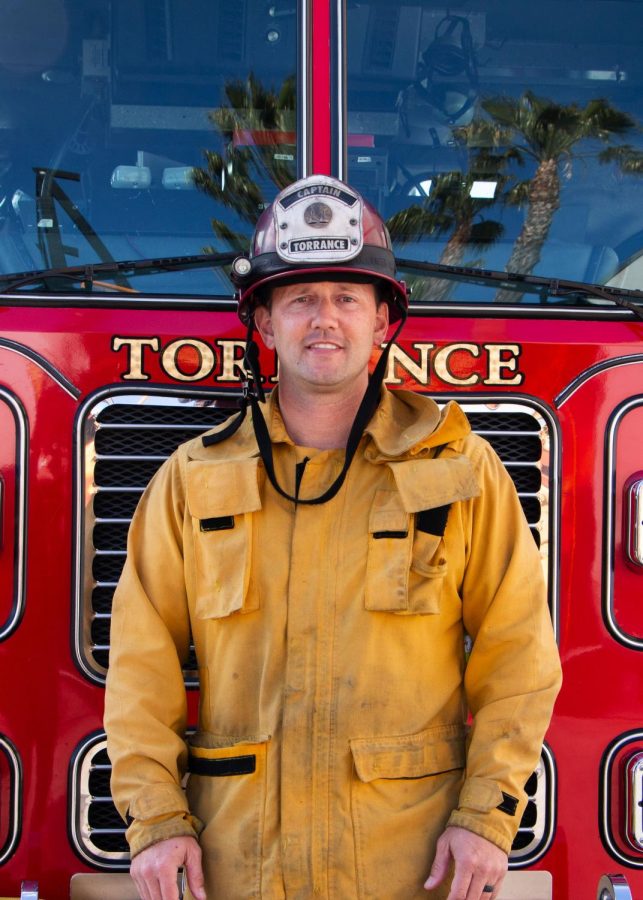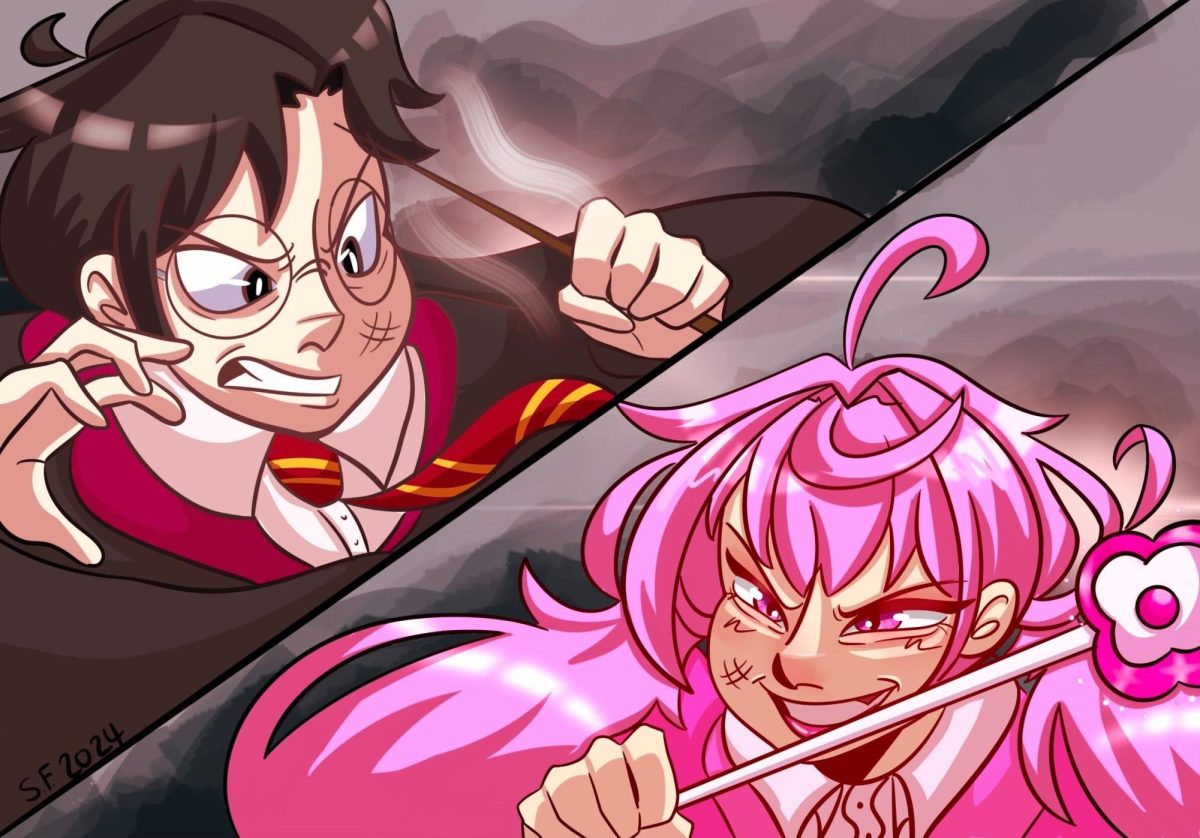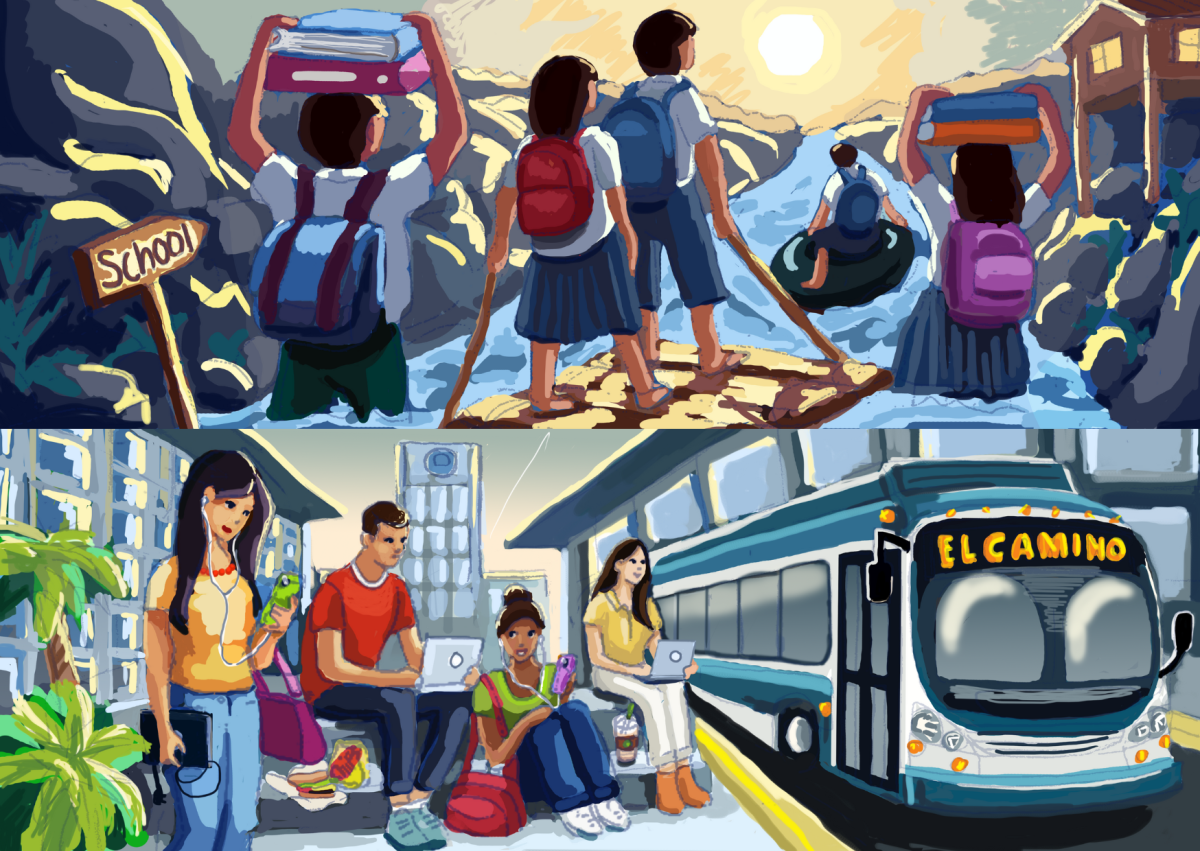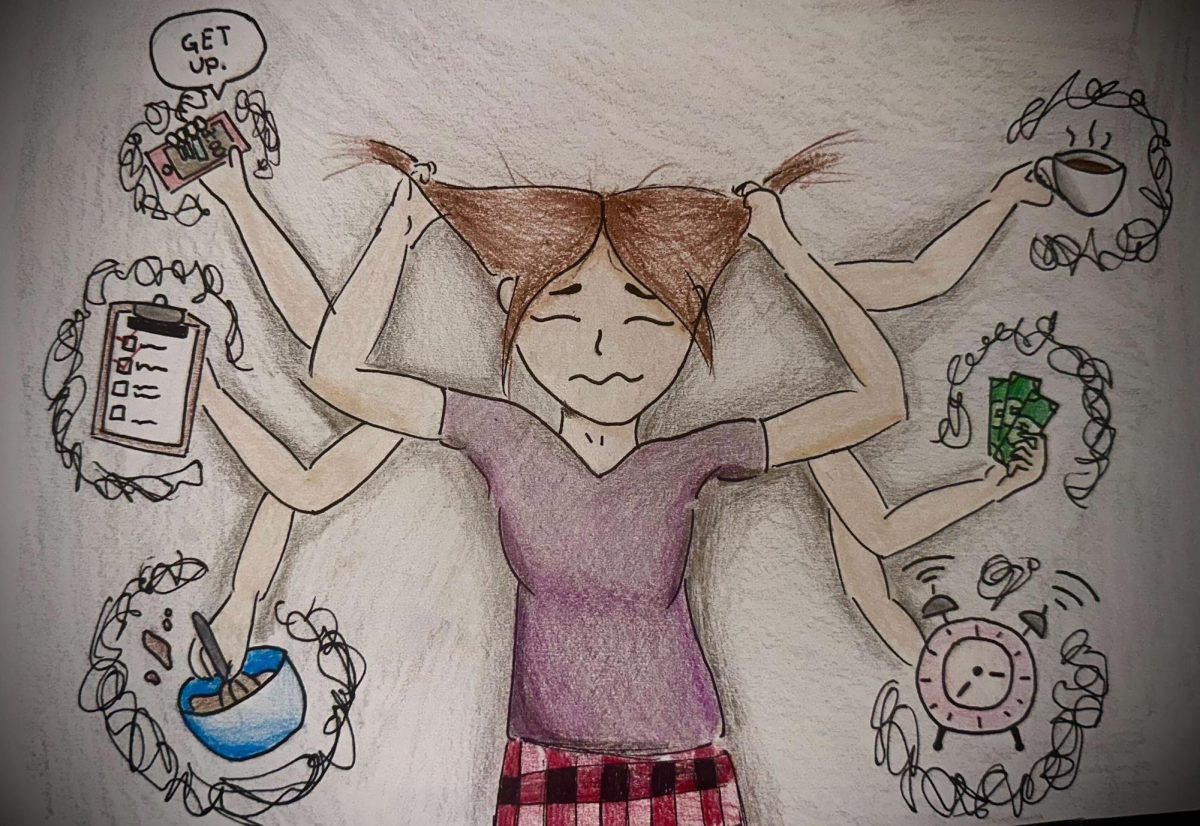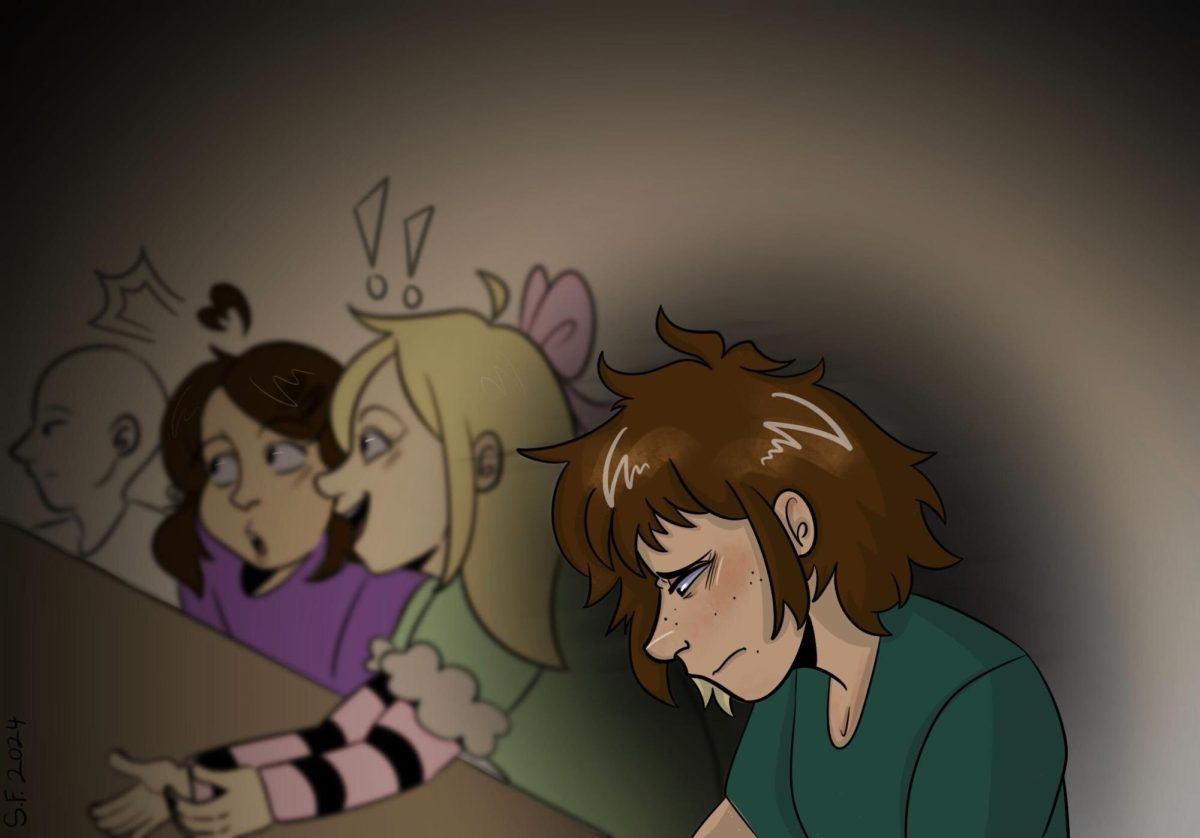Torrance Fire Departments’ recruits are anxious to begin the next task for their training. Sprinting in a single file line, quickly rearranging in arm length with perfect coordination. Still, like nails in a military stance, the rookies await the commands of Captain Adam Brown, 35.
Clean cut, freshly shaved pale face and faded haircut. Yellow fire helmet and jacket with his name visible for identification. Sunglasses are practically stuck on his face, he is rarely found without them.
Out of work he can be found in shorts and sporting a Torrance Fire Department T-shirt showing off his inked arms. His left sleeve shows love for fire, a phoenix rising from vibrant red and orange flames. His right forearm is covered in black and grey armor. Adam shows pride for his fire department even outside of the station.
Adam was a training in the El Camino fire program 20 years ago and was later recruited into the Torrance Fire Department. He now trains those who want to become firefighters and is a fire captain for the very city he grew up in.
Adam looks away as he recalls his first call, just recruited into the Torrance Fire Department.
When the sound of a call comes in, firefighters are expected to jump into action. The overhead monitors shout the address of the call. Each member of the team knows their part, focused on the first step of action.
When Adam showed up on the scene of a pet food manufacturer, sirens were blaring. The warehouse workers stood outside of the building awaiting guidance from the fire department.
As Adam entered the building he expected flames and smoke, but instead, it was still.
“A false alarm, not the most exciting first call, but still a learning experience,” Adam says.
Even in a false alarm, the area still must be swept to make sure no one is hurt or inside the building until it is called all clear.
“It still was a moment I’ll never forget because it was a moment I have looked forward to since I was a kid,” Adam says.
Adam was first drawn to fire fighting in elementary school. He recalls sitting on the black asphalt of Lincoln Elementary awaiting a special assembly put on by the Torrance Fire Department. Adam was captivated by the idea of someday becoming a firefighter.
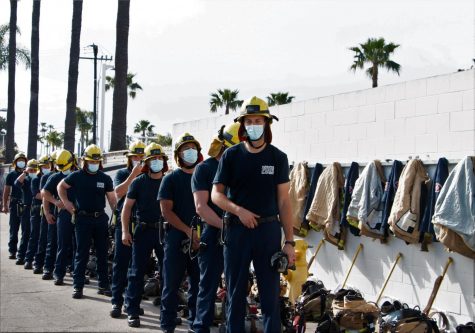
That idea solidified after his class field trip to the fire station. Adam got to sit in a fire engine and heard the sirens for the first time, but it was the firefighter jacket and helmet that sparked something in him.
“The firemen dressed me up, from then on I knew,” Adam says. “It never was a decision.”
He feels one of the most rewarding parts of working for the Torrance Fire Department is to be able to serve the community that he was raised in. Adam now gets to present at elementary assemblies in Torrance and inspire the next generation of possible firefighters.
“I’m now in the same position as the fighter fighters that got me into it,” Adam says. “I now visit Torrance schools and teach fire safety and dress kids up in fire gear, like the one that inspired me.”
He found his calling at a young age and now gets to dress up in that same outfit every day on the job. Although Adam has a deep passion for the fire department, there are still extremely challenging aspects.
“I went through the entire fire program at El Camino College, we [were] tested and put in scenarios we will face in the real world, but still when you see the real thing in person it’s a completely different experience,” he says.
Emotions mixed with adrenaline all while focusing on what the protocol is in each situation that a firefighter is trained to approach. One thing that can’t be taught is how each call can trigger different emotions.
The biggest challenge of Adam’s time working for the fire department is coming face to face with death.
“I’ve seen it all, burning bodies in a car, car accidents, houses and buildings collapsing in flame,” Adam says. “You just become numb to it.”
Firefighters, no matter the place, face many of the same obstacles. Death is nothing new to their job.
Matthew Porter, a firefighter for the LA City Fire Department sees death as just another part of the job. Even though Porter is from a different fire department, he too feels like over time he’s become desensitized.
“I see about eight dead bodies a week. When you see stuff like that daily it becomes less and less hard,” Matthew says. “You just become jaded to it.”
Adam and Porter have learned to not have an abundance of emotions take over them, and handle each situation as calmly as possible.
Although Adam and Porter are used to this part of the job, they admit going on calls with children in distress is never easy. One of the hardest calls he has been on resulted in the death of a young girl.
A call came into Adam’s station. He geared up, and hoped on the engine. Sirens and lights lead the way to the scene. A small girl lied on the floor unresponsive. A window two stories up, screen pushed out and window wide open. Her family was in great panic. Paramedics along with the Torrance Fire department worked to get a response from the girl.
“There was great trauma to her head,” Adam says. “When seeing a small child hurt it is hard, especially when you have kids of your own.”
Not only a strong physical fitness and health are needed in the fire department, but also a strong mind.
According to the Firefighter Behavioral Health Alliance, an estimated 40% of firefigher suicide rates are reported. Due to the stigma surrounding mental health many cases go unreported.
“A lot of firemen are killing themselves, same thing with police,” Adam says. “The main reasons are [COVID-19] and we see dead people.”
Adam knows his team is like a second family. They rely on each other and uplift one another in the toughest moment in and out of their jobs. Open conversations happen after tough calls to release and reflect on their thoughts and feelings.
“It’s the truth, there’s a lot of suicide going on in many fire departments,” Matthew says. “It’s even harder when you know the person who took their own life.”
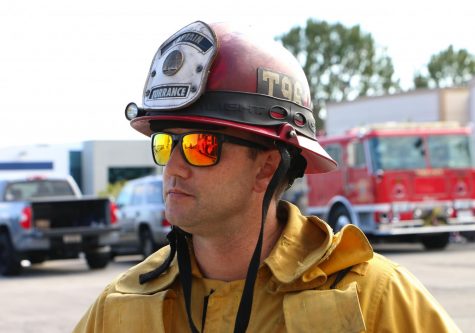
Adam describes his team as a type-a group of people, the type to keep their emotions to themselves. Moments of silence can be times of sadness and hurting.
The fire department does everything it can to help its firefighters, especially when it comes to mental health. Special teams debrief what happened during the incident or call. The team’s purpose is to help firefighters talk about their emotional state as well as how to go forward and heal from the incident.
The International Association of Firefighters is an organization that has a big impact on the firefighting community. The IAFF represents over 324,000 firefighters and paramedics across the U.S. and Canada.
This association has created the IAFF disaster and relief foundation and put on different events and training for firefighters but has now opened a mental health recovery facility for firefighters and paramedics.
This facility was named the IAFF Center of Excellence of Behavioral Health Treatment and Recovery. The first location is located in Maryland. Jordan Thomson is a part of the booking and outreach team for the IAFF recovery facility.
“The hardest part for our patients is reaching out in the first place,” Jordan says.
The stigma surrounding mental health in what inspired the IAFF to create the recovery facility. Firefighters and paramedics receive treatment and counseling from medical professionals in an environment that feels safe.
“When booking new patients and getting them settled into our facilities we make sure that they are comfortable and that their families know they are in good hands at our facilities,” Jordan says.
The center has invested in both creating a safe and tranquil environment to make sure patients feel comfortable but also have medical professions and counselor on sight at all times.
The IAFF hopes to continue to expand their locations and continue to help firefighters that are looking to get treatment and break the stigma.
Family is an important part that allows the fire department to thrive. The hardest part about being a firefighter and having a family of their own is being away for days at a time. Adam enjoys taking trips with his family on his time off.
“Any moment I have off, I spend it with my family,” Adam says.
When Adam’s son Madox, daughter Kiyomi and wife Ashley aren’t at their Torrance home, they like to venture into outdoor activities. Camping and motorcycle riding are his favorite.
Adam’s off days also consist of him working and planning as a part-time instructor teaching prep classes to El Camino firefighter students.
Adam’s course teaches tactics to discover fires and evacuation scenarios, along with the best equipment to use to suppress fires. Since the COVID-19 pandemic, Adam’s time as an instructor has turned virtual, just like most schools during the pandemic.
The most difficult part of being online is students missing out on the hands-on portion of the class. The courses provided allows students to get a better idea of how to deal with real scenarios when on call at a fire station.
“One of the best things about being an instructor is seeing my students go from being a scout in the academy at El Camino and then be recruited into Torrance Fire,” Adam says.
Adam’s transition from engineer to captain at Torrance Fire Department has allowed him to continue to pass along his knowledge to the new trainees.
“It’s a full-circle moment and I enjoy seeing my students grow,” Adam says.
Adam’s position as captain has exposed him to new parts of working in the department. Adam is currently assigned to the training division Adam is one of two captains that are teaching the new recruits how to be firefighters.
Unlike his online class, Adam’s time as captain has kept him from being able to social distance and quarantine. Even though the pandemic continues, firefighters need to help their community even under life-threatening circumstances.
“At the beginning of the pandemic I had the same worries everyone else had, no one knew what it really was,” Adam says. “On calls at the time all we were required to do is use protective eyewear and gloves.”
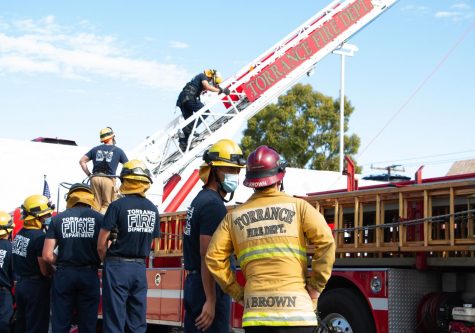
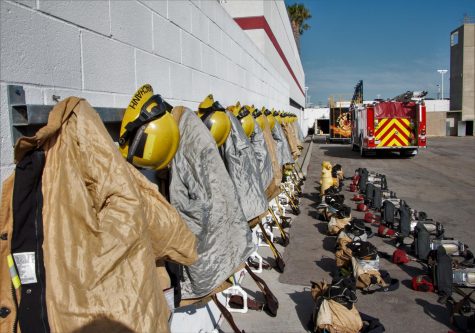
As more came out to the public, Adam and his co-workers had to approach each call more cautiously and take new safety measures. Now protocols have changed. One member is to do a temperature check and ask if they are having any symptoms.
Just like the many people around the world dealing with the tragedies that COVID-19 has caused, Adam and his fire station had a close member affected by the virus.
“We had several people who were affected. We have an engineer named Ricky Cradle that will never be able to come back to work,” Adam says.
Ricky now suffers from severe side effects caused by COVID-19, which left the engineer handicapped. Even though his fire station has personality witnessed the many outcomes of COVID-19, it can not stop the need for their service.
Although the circumstances of working during the pandemic are a sacrifice, Adam would never change his job for the world. Just like Adam, Chief Jeff Baumunk has a love for the college and has dedicated his life to the firefighting industry.
Jeff’s the public safety director of the Fire Academy at El Camino and is the admin to Adam’s fire detection and suppression systems class.
Jeff’s goal at El Camino’s Fire Academy is to rebrand the program and work with countless organizations to improve the training students will receive. Jeff believes El Camino is the best program that offers not only firefighting, but other emergency responder classes such as EMT prep.
“What makes us stand out more than anything is that we have been doing it a long time at El Camino,” Jeff says.
He also credits Adam’s teaching skills to his own experiences.
“One thing that’s great about having Adam as an instructor is that he is employed by the Torrance Fire Department,” Jeff says. “He brings experience and knowledge that he can pass on to our students.”
Jeff is proud of the previous and current success that the program at El Camino continues to provide. Jeff wants academy students to exceed standards in order to be hired straight out of the program.
Jeff is also proud of the diversity that the program at El Camino has. Over 50% of El Camino fire students are minorities.
The El Camino Fire Academy is extremely competitive due to the fact only 33 students are selected to participate. A new facility is soon to be built and with this, Jeff hopes to expand to availability for entry into the program.
Jeff’s goal is to make sure the program represents the diverse community El Camino is in. Jeff’s happy the academy’s students come from all backgrounds and ethnicities.
“There can never be enough women in this industry,” Jeff says. “I have three women in the academy this Spring which is the most we have ever had.”
Jeff is networking to increase the interest in women joining the academy. He also hopes to make a partnership with the organization Women In the Fire Service in the next year or so, offering workshops and camps for women to network and get a better understanding of firefighting and what El Camino’s academy has to offer.
Both Jeff and Adam believe firefighting is not for everyone. It takes a well versatile and dedicated person to succeed in the industry.
As first responders and front line workers, people in this field are selflessly willing to sacrifice for their communities.
Adam believes a strong worth ethic and a positive mindset are ideal for anyone interested in becoming a firefighter. Some of the few pieces of advice he’s taken himself have got him to where he is today.
“Twenty years later I’m working for the same fire department that inspired me to start,” Adam says.



